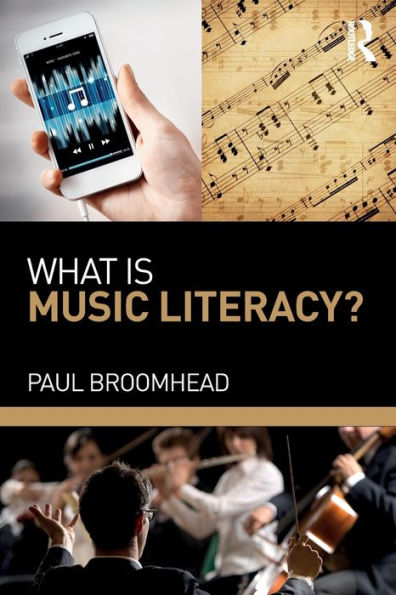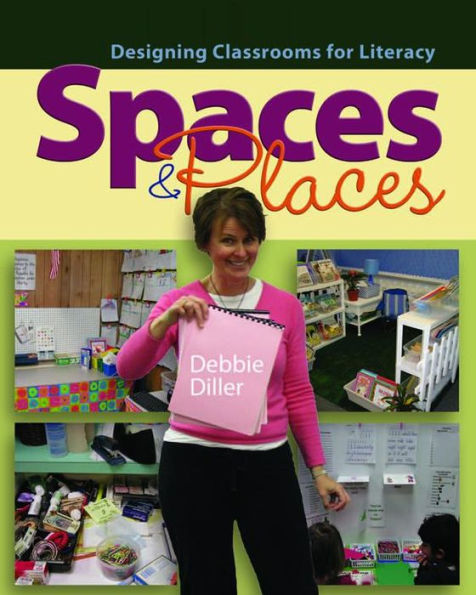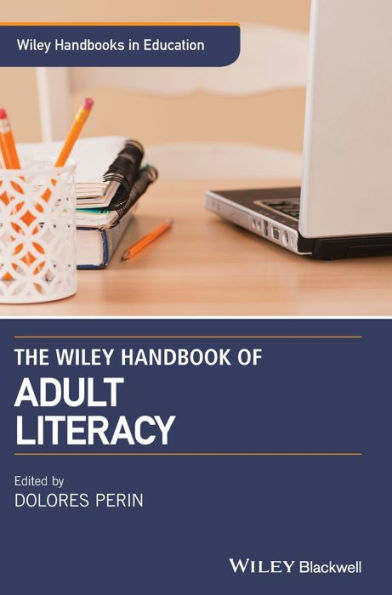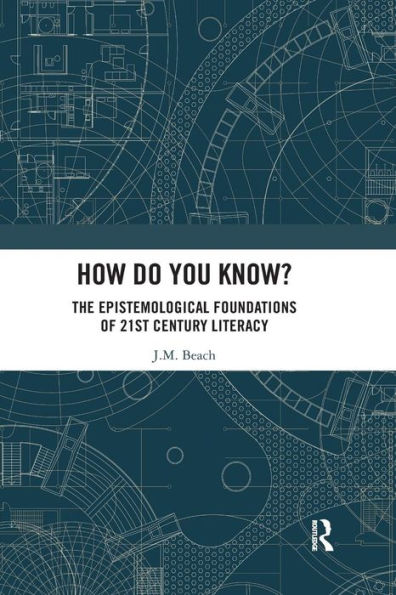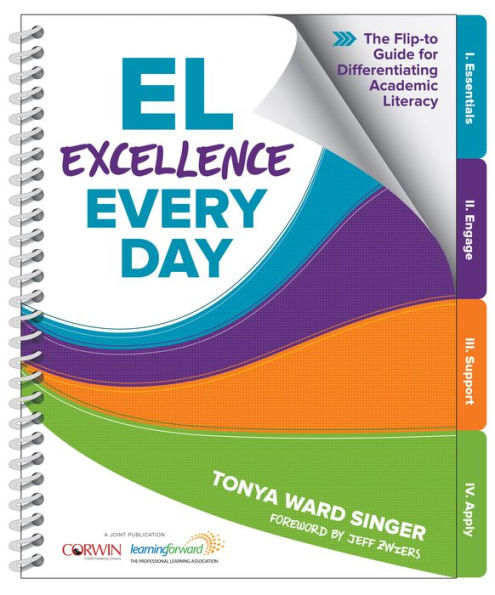Home
Apprenticeship in Literacy / Edition 1
Loading Inventory...
Barnes and Noble
Apprenticeship in Literacy / Edition 1
Current price: $24.00
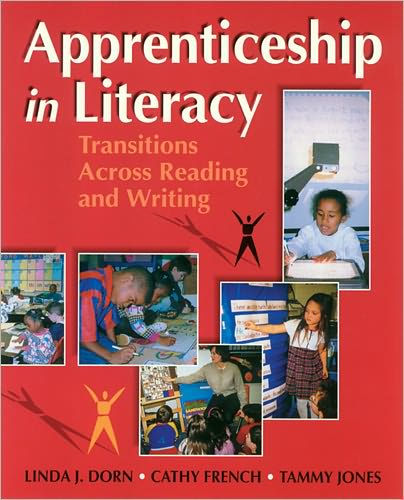

Barnes and Noble
Apprenticeship in Literacy / Edition 1
Current price: $24.00
Loading Inventory...
Size: OS
*Product Information may vary - to confirm product availability, pricing, and additional information please contact Barnes and Noble
This easy-to-read text will guide K-3 teachers as they develop a reading and writing program for all their students. An apprenticeship approach to literacy emphasizes the role of the teacher in providing demonstrations, engaging children, monitoring their understanding, providing timely support and, ultimately, withdrawing that support as the child gains independence.
Drawing on authentic classroom examplesstudent writing samples, class schedules, photographs, and rich transcriptions of teaching and learning interactionsthe authors illustrate instruction that is aimed at children's learning zones. As children become more competent readers and writers, the instructional interactions are adjusted to accommodate their higher-level learning.
Here is a wealth of in-depth information, specific strategies, and organizational formats in literacy areas such as:
principles of apprenticeship literacy;
learning to read from a cognitive apprenticeship approach, including the roles of read-aloud, familiar reading, and shared reading;
guided reading, including flexible grouping, reading and writing links, and instructional interactions that emphasize problem-solving strategies;
helping children develop writing strategies through interactive writing, writing aloud, and revising and editing transactions;
transitions in children's independent writing, including their relationship to modeling and coaching demonstrations during assisted writing;
helping children acquire phonological knowledge, including activities that guide children in manipulating letters, sounds, and spelling patterns;
a typical day of putting it all together in two apprenticeship settings: a first-grade classroom and a Title I reading program;
using school-based professional literacy teams to support teachers in developing an effective literacy program for their children.
No detail is lost. The authors also cover such practical matters as establishing routines and organizing the classroom environment, including rotation schedules for meeting with small groups of children, lists of materials for establishing literacy corners, and literacy corner activities designed to provide the children with opportunities for independent practice.
With
Apprenticeship in Literacy
you can achieve a balanced literacy program that works for all your students.
Drawing on authentic classroom examplesstudent writing samples, class schedules, photographs, and rich transcriptions of teaching and learning interactionsthe authors illustrate instruction that is aimed at children's learning zones. As children become more competent readers and writers, the instructional interactions are adjusted to accommodate their higher-level learning.
Here is a wealth of in-depth information, specific strategies, and organizational formats in literacy areas such as:
principles of apprenticeship literacy;
learning to read from a cognitive apprenticeship approach, including the roles of read-aloud, familiar reading, and shared reading;
guided reading, including flexible grouping, reading and writing links, and instructional interactions that emphasize problem-solving strategies;
helping children develop writing strategies through interactive writing, writing aloud, and revising and editing transactions;
transitions in children's independent writing, including their relationship to modeling and coaching demonstrations during assisted writing;
helping children acquire phonological knowledge, including activities that guide children in manipulating letters, sounds, and spelling patterns;
a typical day of putting it all together in two apprenticeship settings: a first-grade classroom and a Title I reading program;
using school-based professional literacy teams to support teachers in developing an effective literacy program for their children.
No detail is lost. The authors also cover such practical matters as establishing routines and organizing the classroom environment, including rotation schedules for meeting with small groups of children, lists of materials for establishing literacy corners, and literacy corner activities designed to provide the children with opportunities for independent practice.
With
Apprenticeship in Literacy
you can achieve a balanced literacy program that works for all your students.

